Atramed 10mg Injection contains atracurium besylate, a muscle relaxant used during surgery or mechanical ventilation to facilitate muscle relaxation. It belongs to a class of drugs known as neuromuscular blocking agents and is commonly used in combination with anesthesia.
Key Uses:
- Muscle Relaxation in Surgery: Atramed is administered to relax muscles during surgery, allowing surgeons to perform procedures with ease and precision.
- Mechanical Ventilation: It is used to relax the muscles in patients who need assistance with breathing, making mechanical ventilation more effective.
- Endotracheal Intubation: The medication helps ease the insertion of breathing tubes by relaxing the airway muscles.
How It Works:
Atracurium besylate in Atramed 10mg Injection works by blocking the signals between nerves and muscles. This prevents muscle contractions, leading to temporary paralysis of the skeletal muscles, which is essential during certain surgeries or medical procedures.
Administration:
Atramed 10mg is given intravenously (into a vein) by a healthcare professional in a controlled medical setting, such as during surgery or in intensive care.
Common Side Effects:
- Temporary muscle weakness or paralysis (which is the intended effect during surgery)
- Flushing
- Hypotension (low blood pressure)
- Rash or allergic reactions (rare)
Important Considerations:
- Monitoring: Patients are closely monitored during the administration of Atramed to ensure that muscle relaxation is maintained and to observe vital signs, such as heart rate and blood pressure.
- Reversal: The effects of Atramed can be reversed after surgery using specific medications that help restore normal muscle function.
- Precautions: It should be used with caution in patients with conditions like myasthenia gravis, electrolyte imbalances, or certain cardiovascular conditions.
Atramed 10mg Injection is essential in ensuring safe and effective muscle relaxation during complex surgical procedures or in situations requiring mechanical ventilation, making it a vital tool in critical care and anesthesiology.

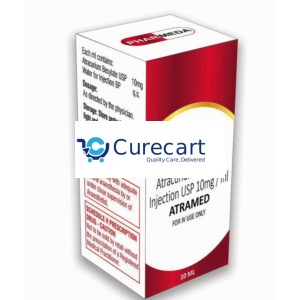
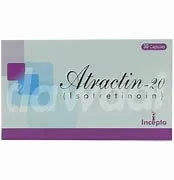
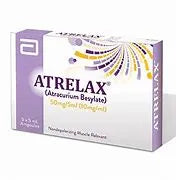
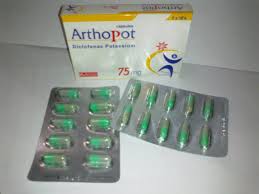
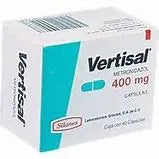
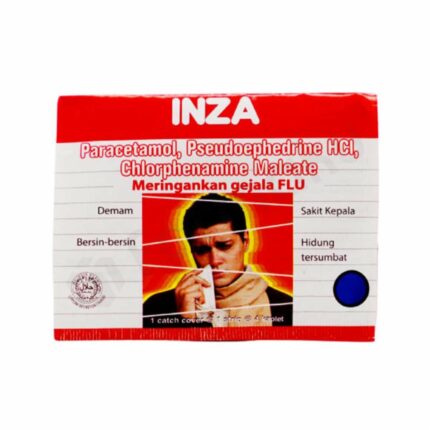
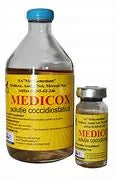
Reviews
There are no reviews yet.